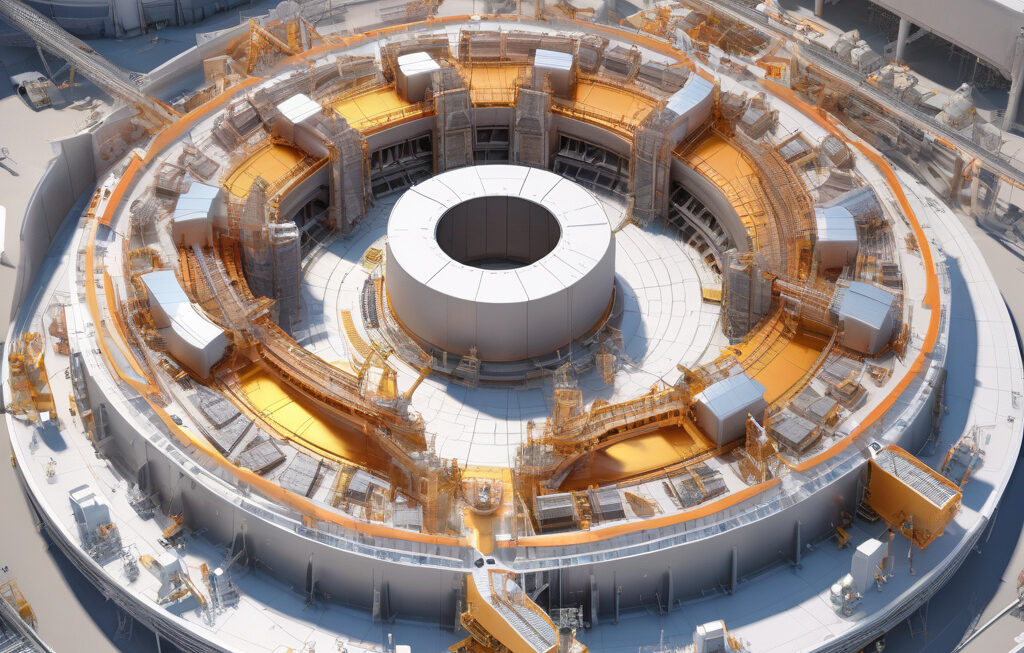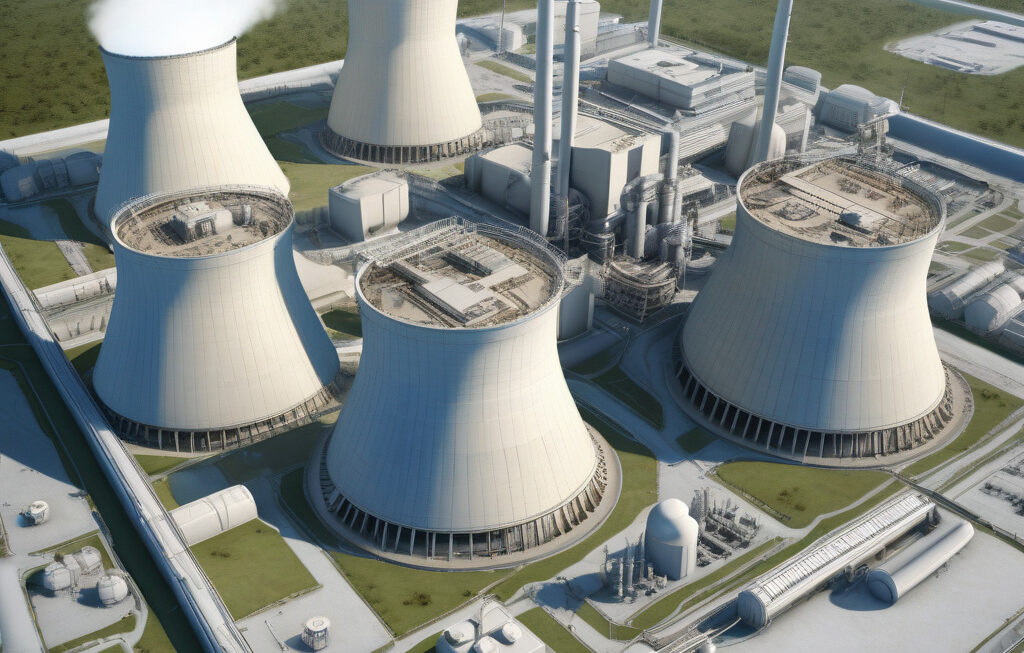Russia Eyes More 120 MW Nuclear Icebreakers to Dominate Icy Northern Sea Route
Russia is expected to increase its fleet of icebreakers as there could be large-scale expansion in navigating the icy Northern Sea Route. With the Arctic ice melting at an alarming rate due to climate change, the region has become a focal point for maritime transportation and resource exploration. In a bid to solidify its dominance in the Arctic, Russia is looking to add more powerful nuclear icebreakers to its fleet.
Currently, Russia boasts the only fleet of nuclear-powered icebreakers in the world, giving it a significant advantage in navigating the treacherous Arctic waters. These icebreakers are crucial for keeping shipping lanes open, allowing for the transportation of goods between Europe and Asia in a more efficient and cost-effective manner. With the potential for the Northern Sea Route to become a key shipping route in the future, Russia is keen on expanding its icebreaker capabilities.
One of the notable additions to Russia’s icebreaker fleet is the 120 MW nuclear-powered icebreaker, a formidable vessel designed to break through even the thickest ice. These icebreakers are equipped with advanced technology and engineering, making them essential for ensuring safe passage through the Arctic waters. By investing in these powerful icebreakers, Russia aims to further solidify its position as the dominant player in the Arctic region.
The importance of icebreakers in the Arctic cannot be overstated. As the ice continues to melt, more shipping companies are looking to capitalize on the shorter route offered by the Northern Sea Route. However, navigating these waters poses significant challenges due to ice formations and harsh weather conditions. This is where nuclear icebreakers come into play, providing the necessary assistance for ships to traverse the Arctic safely and efficiently.
Moreover, the use of nuclear power in icebreakers offers several advantages over conventional fuel. Nuclear-powered icebreakers are capable of operating continuously for long periods without the need for refueling, making them ideal for long-distance Arctic missions. Additionally, they produce zero greenhouse gas emissions, aligning with Russia’s commitment to environmental sustainability.
By expanding its fleet of 120 MW nuclear icebreakers, Russia is not only enhancing its capabilities in the Arctic but also signaling its intent to assert control over the Northern Sea Route. As competition for access to the region heats up, having a robust icebreaker fleet will be crucial for Russia to maintain its strategic advantage. With the Arctic becoming increasingly accessible, the race to dominate the region’s resources and shipping routes is well underway.
In conclusion, Russia’s plans to acquire more 120 MW nuclear icebreakers highlight its determination to dominate the icy Northern Sea Route. These powerful vessels represent a significant investment in strengthening Russia’s position in the Arctic and ensuring safe navigation through the region’s challenging waters. As the Arctic continues to undergo rapid transformation, the role of icebreakers in facilitating maritime activities will only grow in importance.
icebreakers, Arctic, Northern Sea Route, Russia, nuclear-powered#












